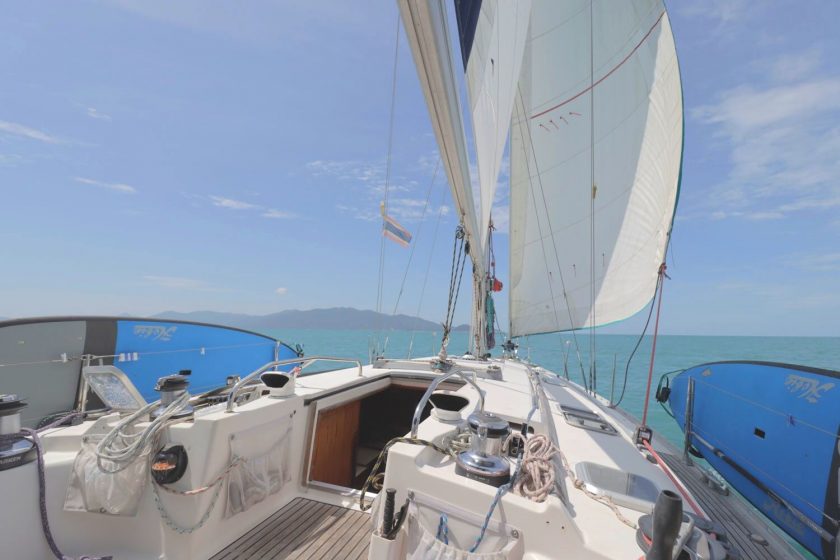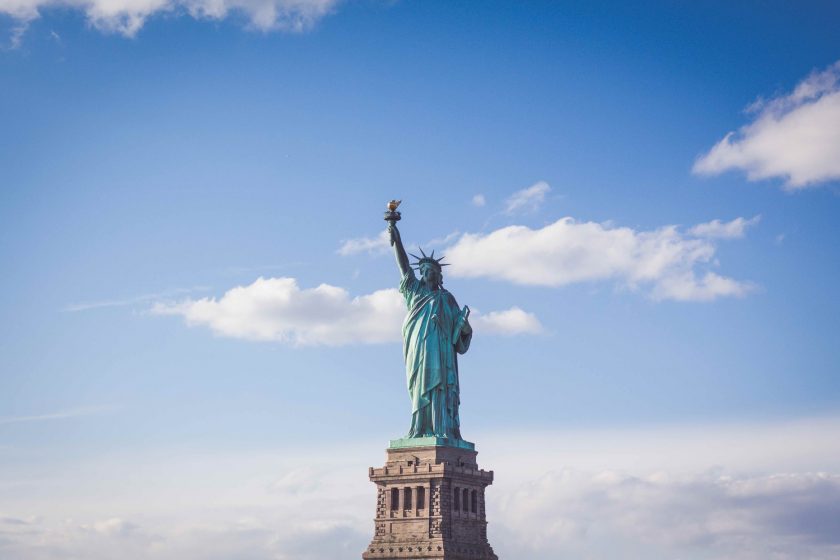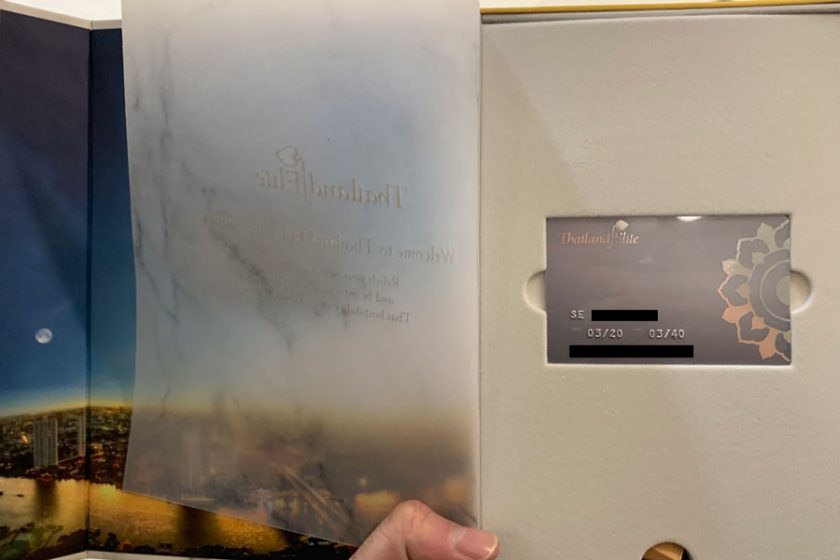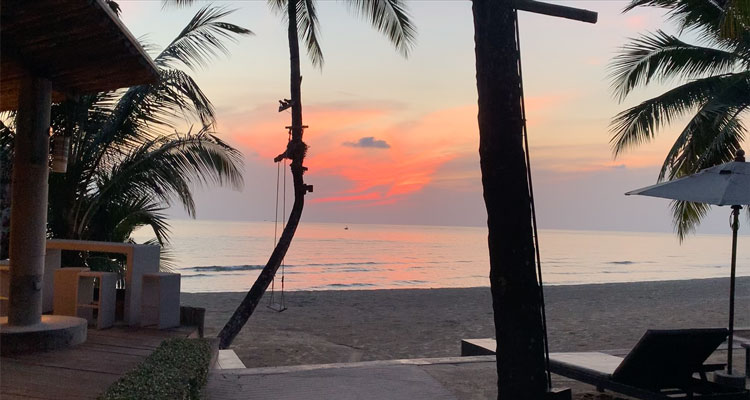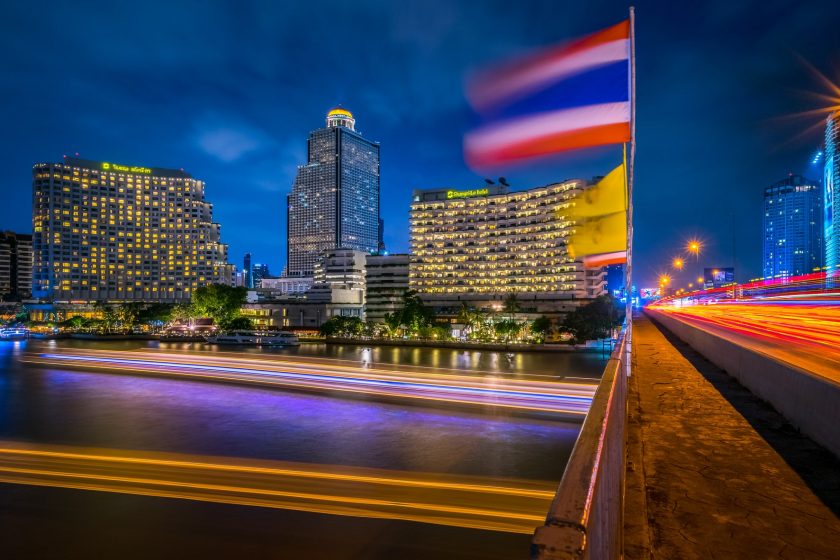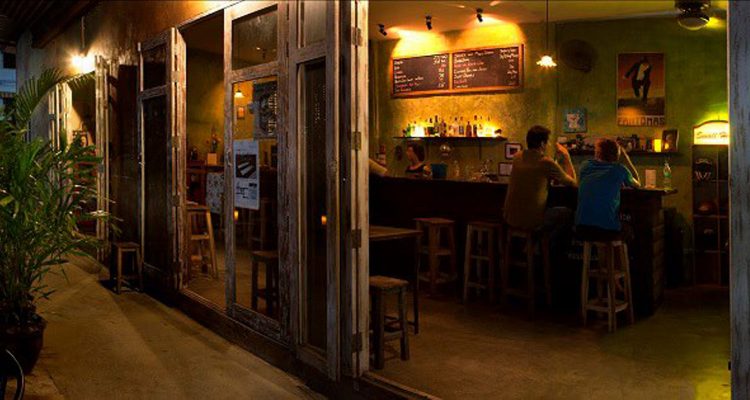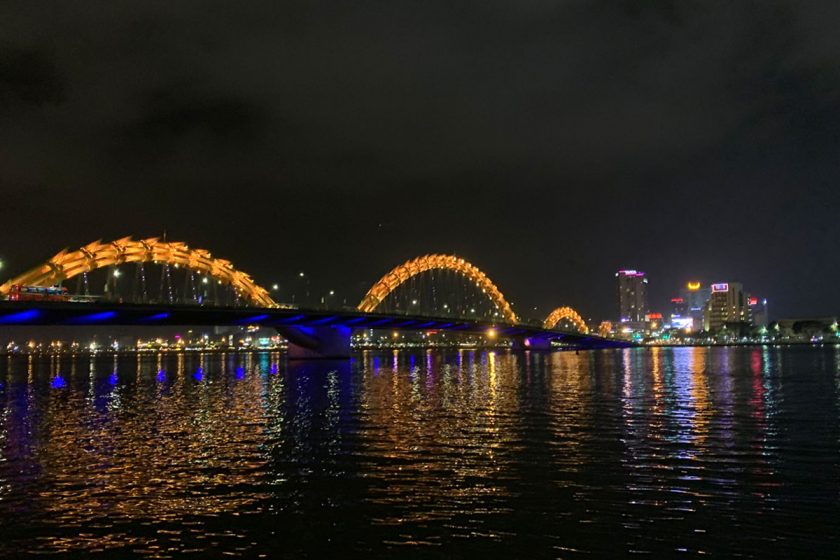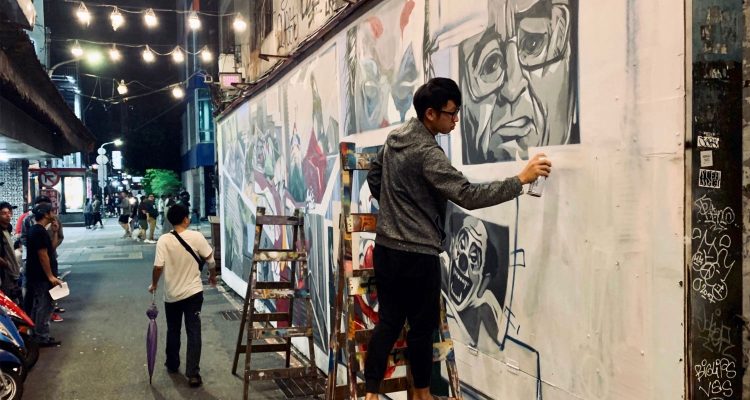Beginning around 2018, I turned some of my investment focus and allocation to private markets. My first deals in this area were via EquityZen, a platform whose focus is mainly late-stage growth companies. Offerings on EquityZen are secondary sales, where an early employee or existing investor is choosing to sell a large block of their own stock. Secondaries are a contrast to traditional primary offerings, where a company itself is issuing stock, and the cash from the sale is going directly into the company to fund operations. Secondaries are a very common practice both for founders/early employees to “take money off the table” if they know they may still have years ahead of them until IPO (or acquisition), and also for funds that need the liquidity (either for redemptions, distributions, or just to allocate to new opportunities).
EquityZen deals are structured using “Special Purpose Vehicles” (SPVs). For a given EquityZen offering, EquityZen will place the shares that they have been allocated from the subject company into a one-off LLC (the SPV), and then sell interest in that entity to investors (along with an obligation on EquityZen’s side to turn a specific number of shares over to each investor at liquidity). This is done primarily to simplify things for the company that is the subject of the deal (since most secondary offerings require board approval, and it’s much simpler for the board to approve a single large sale to the SPV vs. 100 or more small sales to individual investors. This is also important to companies as it keeps the cap table from getting bloated).
I’ve been lucky enough to see one of my EquityZen placements through to liquidity (the subject company IPOd in 2021) and consider the platform fantastic for finding and getting into high-quality late-stage growth deals. That said, with its focus on secondary sales in late-stage growth companies, EquityZen left me with a huge universe of deals that I had an appetite for but had no clue how to get into: namely, earlier-stage Angel, seed and series A deals. Read more


